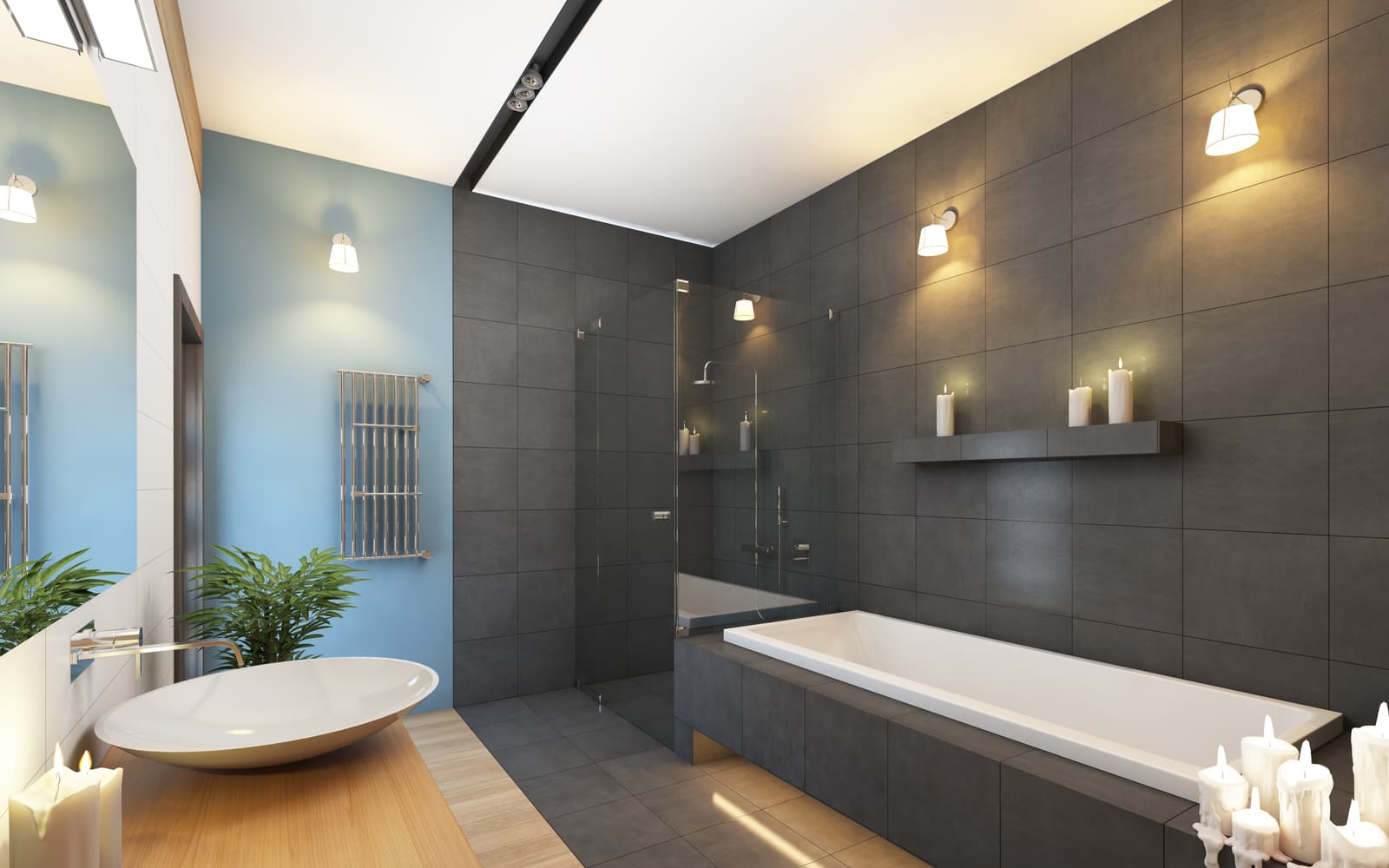Preparing Windows for Winter: How to Keep Your Home Warm
By Editorial Team
Updated on December 2, 2024

As the winter season approaches, ensuring warmth in your home is very important. Dozens of studies indicate that windows can represent a significant fraction of the total energy consumption of a building. Therefore they are an important subject of efforts of window companies Halifax to reduce energy losses. In this article, we are going to look at techniques for insulating the windows, how to regulate them, and how to cover the gaps to secure your house for the winter season.
Window Insulation

According to recent data, annual heat loss through windows in homes in some countries like Sweden may get up to 15 TWh, proving the role of insulation as a key area for improving energy efficiency. Applying insulation measures can cause quite profound changes in the characteristics of the windows, especially in the vertical constructions built several decades ago. Here are some of the most effective ways to insulate your windows:
Use of heavy curtains or blinds
The energy-efficient kind of curtains provide a veil thus giving protection against the cold hence low heat loss by as much as 40% depending on the heating season. Curtains like the insulated cellular shades, much more if the cells are honeycombed, offer insulation by having pockets of air in the cells.
Weatherstripping and rubber seals
These exclude drafts by closing gaps in window frames and greatly shrink the rate of airflow. Heating happens mainly by heat conduction through the glass and convection, and poor quality of sealing is typically associated with non-insulated windows such as the single pane ones that are less tight.
Thermal window films
There are films that film specifically to add an insulating layer of air between two surfaces that confer protection from heat loss. These films are especially useful in older window systems since single glazing generally needs help in holding heat.
Applying thermal films and seals ensures that the internal environment is stable and its application could be of great importance, especially in cold climate regions.
Window Adjustment

Adjusting your windows before winter is another essential step that affects the tightness and longevity of the window structure. Proper adjustments can enhance efficiency and improve the window's overall performance:
Checking hinges and mechanisms
Ensure that hinges and locks on your windows are functioning properly and securely holding the sashes. Properly secured mechanisms help windows fit tightly, preventing heat leaks.
Replacing worn components
Over time, some parts of window systems wear out. Replace any damaged seals and mechanisms to avoid air infiltration and improve tightness.
Window frame quality
Upgrading window frames or selecting materials with high insulation properties, such as vinyl or composite, can significantly reduce heat transfer compared to traditional materials.
Most window hardware features adjustable mechanisms that can be tightened with an Allen wrench to ensure a snug fit. This makes window adjustment the first, most cost-effective, and often the most effective way to minimize energy loss during the winter.
Sealing and Air Leak Prevention

Among the main reasons for heat loss through the windows, it is possible to list the presence of gaps between the frame and walls. To improve window tightness, remove any space that is a gap. Here are some recommendations:
Inspecting window frames
Look at the joints of the window frames and in case one observes any crack, they should apply some caulk. The smallest of cracks nonetheless allowed considerable intrusion of air into homes, hence decreasing the overall energy efficiency.
Window sills and trims
The use of substandard materials in the framing also means that poorly installed window sills can produce space at the window joints, so it is necessary to see to it that the sills and trims interlock flush with the window frame. This cuts on the heat loss that is witnessed in other window designs and makes the overall window structure airtight.
Another possible “treatment” for older windows could be secondary glazing — essentially, an additional layer of glass is put onto current windows. It offers insulation, retains heat, and does not require the replacement of the whole window. As a last resort, a complete replacement of old windows with new ones may be considered.
Installing New Windows

Old, single-pane, and poorly insulated windows may lead to increased energy consumption. Thus, it may be reasonable to think about the windows’ replacement with more contemporary ones. Double- or triple-glazed windows contain layers of gas (such as argon) between the panes, which significantly reduces heat transfer and helps retain heat indoors:
Low-emissivity (Low-E) coatings
These coatings that are applied to the outer face of the glass minimize heat loss and reflect heat into the room to meet the appropriate temperature. According to the U.S. Department of Energy, such windows can save energy by 1.7% annually and lessen CO₂ emissions by 1.9% if incorporated into construction projects throughout the United States.
Comfort and cost savings
As well as heat insulation, new windows with high-quality coatings offer noise isolation and improve living comfort. The return on these windows is felt in the form of lower heating bills and an improved value of the property.
If it is time for a new window, not only does it provide the opportunity to improve insulation, but also the choice of frame materials, for example, wood, aluminum, or plastic, in addition to design and hardware, appropriate to the house. Despite the initial costs coming across as rather steep, it goes without saying that in a few heating seasons, especially in countries with severe winters, the energy cost savings alone will offset this.
Let’s Summarize
Preparing windows for winter is essential to ensuring warmth and comfort in the home. Windows can be a significant source of heat loss, so it’s worth considering a comprehensive approach to insulation, adjustment, and sealing. New technologies, such as low-emissivity coatings and gas-filled spaces between panes, help reduce energy consumption and lower heating bills. By investing in window upgrades, you’re not only ensuring a cozy home but also contributing to environmental improvement by reducing your carbon footprint.
Looking for something else?
Related articles
The latest industry news, interviews, technologies, and resources.

Editorial Team
•02 May 2025
Window wells are key features used during the construction and planning of basement units. They’re designed to prevent water intrusion and ensure proper drainage around ground-level or underground windows.

Editorial Team
•01 Aug 2025
In Canada, summer may be short, but it can still bring intense heat. Air conditioning becomes a valuable ally to help us get through these days more comfortably. Among the different types of air conditioners, more and more people are opting for the central heat pump.

Editorial Team
•12 Jan 2024
Have you ever considered having your windows professionally cleaned, but aren’t seeing the benefits related to this practice? One might be tempted to think that washing windows is purely done for aesthetic purposes, but think again! In fact, having clean windows, inside and out, contributes to a healthier lifestyle and elevates the look of your home as a whole.

Léa Plourde-Archer
•16 Jun 2025
Thinking about laying tiles as a wall covering? Learn more about the different characteristics of this material that’s both durable and customizable, as well as maintenance tips, and the average cost of tiles.

Léa Plourde-Archer
•22 Oct 2024
Are you thinking about renovating your bathroom? This process can be long and complicated, as it involves several steps, as well as a number of factors that can affect the price, the duration of the work and the durability of the materials.